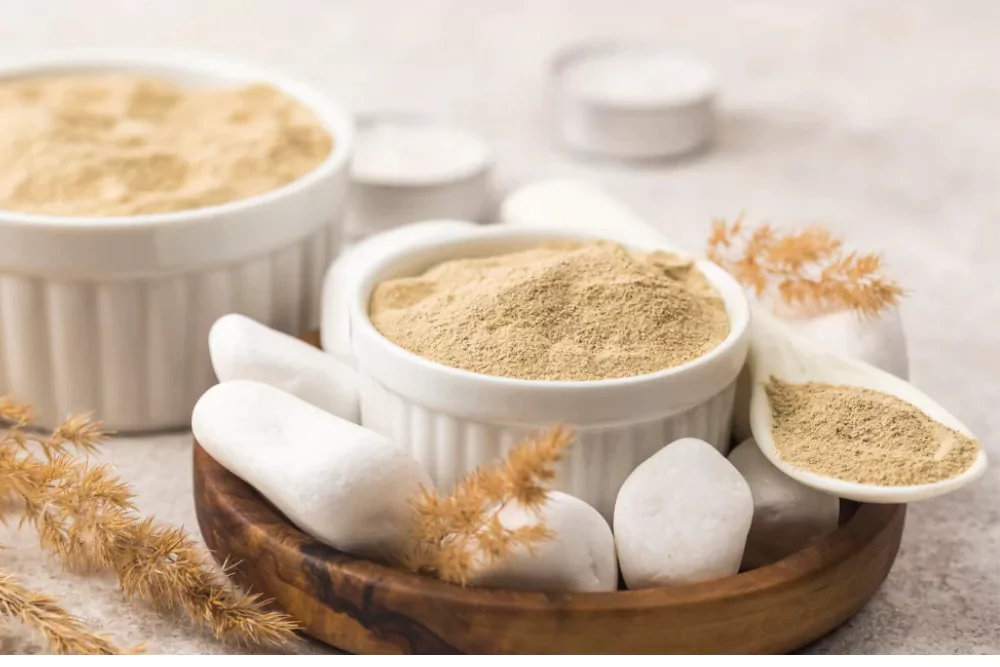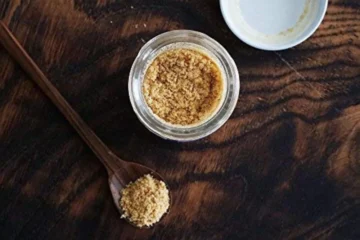Hing, or asafoetida, is celebrated for its robust aroma and ability to amplify the taste of dishes. However, using hing incorrectly can lead to culinary disappointments. Below, we’ll delve into five common mistakes, providing both quick fixes and in-depth explanations to help you master cooking with this essential spice.
1. Why does my dish taste overly bitter when I use hing, and how can I fix it?
Short Answer: Overusing hing or exposing it to high heat can result in a bitter taste. Use a small amount and cook it at low to medium heat for the best results.
Long Answer:
- Hing is concentrated and has a strong flavor profile. Using more than a pinch can make your dish overpowering and bitter.
- Always temper hing in heated oil or ghee for 10–15 seconds to mellow its raw bitterness and infuse the dish with a fragrant flavor.
- If bitterness persists, balance it with acidic ingredients like tomatoes, yogurt, or lemon juice. Adding a teaspoon of sugar or honey can also counteract bitterness.
- Avoid adding hing to very hot oil, as this can scorch the spice, leading to an unpleasant taste.
- In cases of extreme bitterness, remove the overly bitter portion and restart the dish with correct hing usage.
2. Should I fry hing in oil or add it directly to the dish—what’s the best method?
Short Answer: The ideal way to use hing is by frying it in hot oil or ghee for a few seconds before incorporating it into the dish.
Long Answer:
- Frying hing in oil or ghee activates its aroma and distributes its flavor evenly throughout the dish.
- Avoid adding hing directly to boiling liquids or dry ingredients, as it won’t dissolve properly and may clump or taste harsh.
- Heat the oil or ghee until slightly hot, then sprinkle a pinch of hing. Stir quickly and proceed to add other spices or ingredients.
- Use hing as the first spice while tempering to ensure it mingles well with the oil, creating a flavorful base for your dish.
- Experiment with timing during tempering to find the sweet spot for your recipe’s needs.
3. How much hing should I use to enhance flavor without overpowering the dish?
Short Answer: Use no more than a pinch or roughly 1/8 teaspoon of hing for most recipes to add flavor without overwhelming the dish.
Long Answer:
- Hing’s potency requires minimal usage. A pinch (or the tip of a knife) is sufficient for small servings, while larger batches may need up to 1/4 teaspoon.
- When cooking lentils, vegetables, or soups, start with the smallest quantity and adjust to taste during subsequent trials.
- Pair hing with complementary spices like cumin, coriander, or turmeric to create a balanced flavor profile.
- In high-flavor dishes, use hing judiciously to ensure it doesn’t overshadow other ingredients.
- If unsure, err on the side of caution—overusing hing can quickly overpower the dish’s intended flavor.
4. Does hing lose its potency if stored incorrectly, and how should I store it?
Short Answer: Hing loses its flavor and aroma when exposed to air and moisture. Store it in an airtight container in a cool, dark place to maintain freshness.
Long Answer:
- Hing is sensitive to humidity and temperature changes, which can degrade its quality and potency.
- Transfer hing to a sealed, moisture-proof container immediately after opening its original packaging.
- Keep the container in a cool, dry pantry or cupboard to protect it from direct sunlight and heat exposure.
- Avoid storing hing near stove tops or refrigerators, as fluctuating temperatures can affect its texture and flavor.
- For long-term storage, refrigerate hing to maintain maximum potency, but ensure the container is airtight to avoid moisture absorption.
| Storage Tips | Effectiveness |
|---|---|
| Airtight Container | Prevents air and moisture exposure |
| Cool, Dry Place | Maintains flavor and aroma |
| Refrigeration | Prolongs shelf life |
5. Can I substitute hing for garlic and onion in all recipes, or are there limitations?
Short Answer: Hing is an excellent substitute for garlic and onion in many recipes but may not work for dishes relying on their texture or bulk.
Long Answer:
- Hing mimics the savory, umami notes of garlic and onion, making it suitable for recipes where these ingredients are flavor enhancers.
- In liquid-based recipes like dals or gravies, hing dissolves easily and integrates seamlessly with the dish.
- For dry stir-fry dishes, hing can enhance flavor but won’t replace the texture garlic and onion provide.
- Hing is ideal for those avoiding garlic and onion due to dietary restrictions or religious practices.
- Test hing substitutions carefully—its strong aroma may not complement sweet or delicate dishes traditionally requiring garlic or onion.
If you’re unsure about using hing as a substitute, here’s a quick comparison:
| Ingredient | Flavor Profile | Texture Contribution |
|---|---|---|
| Hing | Strong, pungent, savory | None |
| Garlic | Mild to strong, slightly sweet | Firm |
| Onion | Mild, sweet, umami | Soft, juicy |
Conclusion
Mastering the art of cooking with hing can transform your culinary creations into flavorful delights. By avoiding common pitfalls like overuse, improper tempering, and incorrect storage, you can unlock hing’s full potential. Additionally, hing’s versatility as a substitute for garlic and onion makes it invaluable for certain dietary needs. Embrace hing’s bold flavor and enjoy experimenting in the kitchen with confidence!




